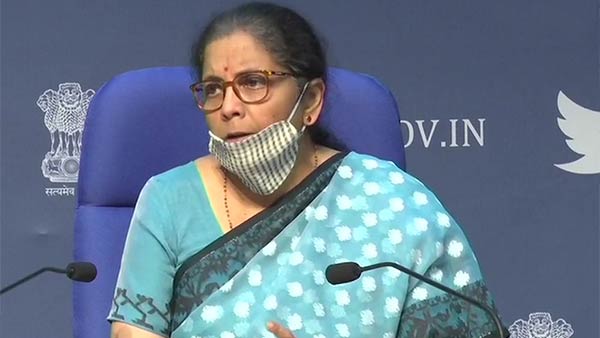
India announced a $260 Billion dollar Fiscal Stimulus package which accounts for 10% of India’s GDP. The plan, at first sight, seems similar to that of US which has spent 14% of its GDP on the same. However, the details vary in both cases. The fiscal package of US mainly focuses on lump-sum payments to individuals and corporations to meet their basic needs. While in India’s case, the package is more or less modelled after the one announced in UK as evident by the quote of PM Modi. The package will focus on land, labour, liquidity and law; it will help small business, labourers and farmers.At first glance, the package aims to tackle the issue from the top, giving out money to banks and enterprises but in India’s case, it won’t be enough as unlike any other major economy, we are facing a subsistence crisis in the case of low-skilled labourers. Government has announced food provisions for the labourers and money for those who have bank accounts as this formula worked well in Kerala but how scalable it is for the nation as a whole is yet to be seen.
The main focus of this stimulus package is on MSMEs which is among the worst-hit sectors in this pandemic so this is a welcome move as they are now eligible for all kinds of loans and aid. However, its scope is uncertain as it is still unclear how much percentage of large informal sector can access the aid and if India’s informal sector doesn’t manage to get this aid, it is likely that the money will seep into the large corporations which no one wants going forward.
The cash sources for the package should also be defined more in the coming days. 20% of it is direct printer money from RBI but a large portion of it is actually coming from tax write-offs so it is difficult to figure out whether it can be counted in or not.At the same time, its impact on inflation must also be studied as India already has a history of higher inflation ranging from 5 to 8 percent and more money should be given to states as it has more power and resources to beat the pandemic than the centre.
One group that is grossly underrepresented in the package is the Middle Class which has been benefitted only by the write-offs on the Income Tax so far. I believe this issue is more serious than issues concerning money provision to labourers which can be better substituted with aid packages as middle-class is the key to India’s Economic Revival, more so after the major announcement day.
Self-reliance has been a defining policy for India until 1991 and suffice to say, it didn’t work quite well. So a revival of this could possibly lead to a reincarnation of Indiranomics which isn’t really a golden age. It is of utmost importance to advance India’s industrial capability, but the world should be served well as India still doesn’t have a large and prosperous middle-class to sustain a high rate of growth , this being one of the reasons why self-reliance failed before and brought the term Hindu Rate of Growth into the picture. Self-reliance should only be a backup plan and must not be considered a national objective as it inevitably slows down growth and reduce opportunities. The objective should rather be fostering Indian industries to compete and beat the International competition, not to shield them from the competition as this policy failed before.
One thing Covid has taught us is that world needs to work together to prevent pandemics. Trust should only be built with the right nations and faking it just for the sake of Gandhian Romanticism will only do Indians harm for now.
Nidan Basheer is a student of Social Sciences who is an active writer on topics ranging from Indian Economy and World Economies to Indian Foreign Policy and Geopolitics.